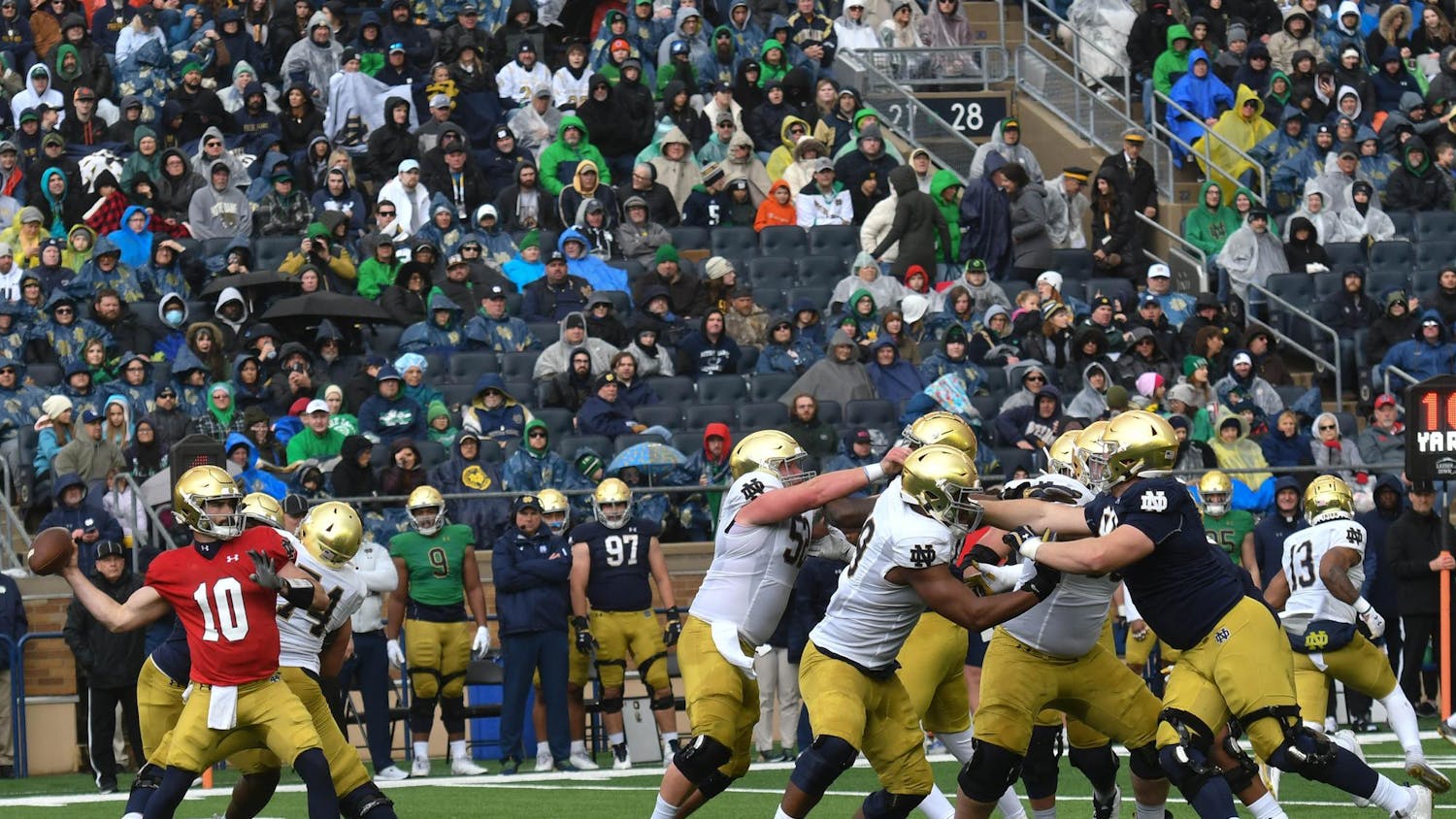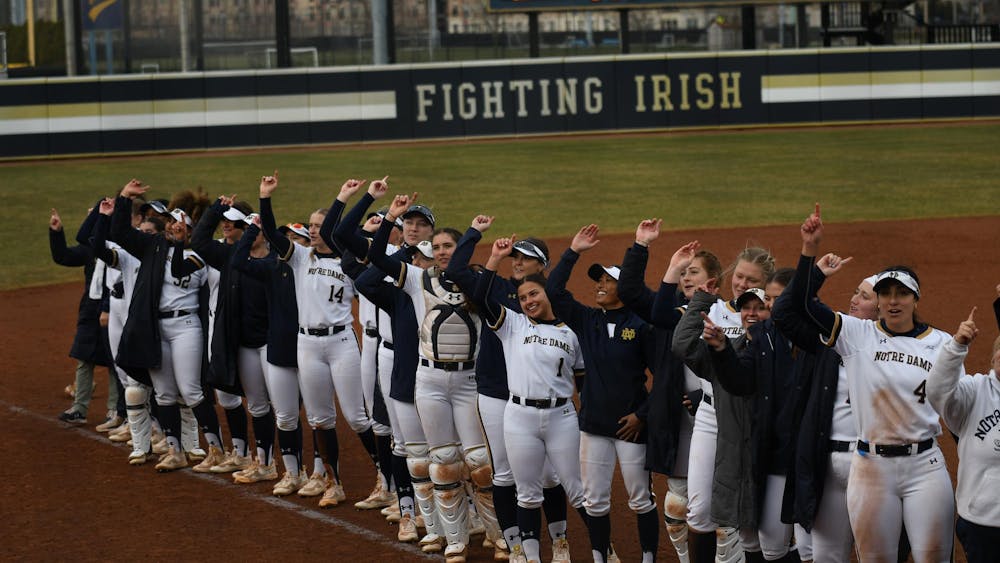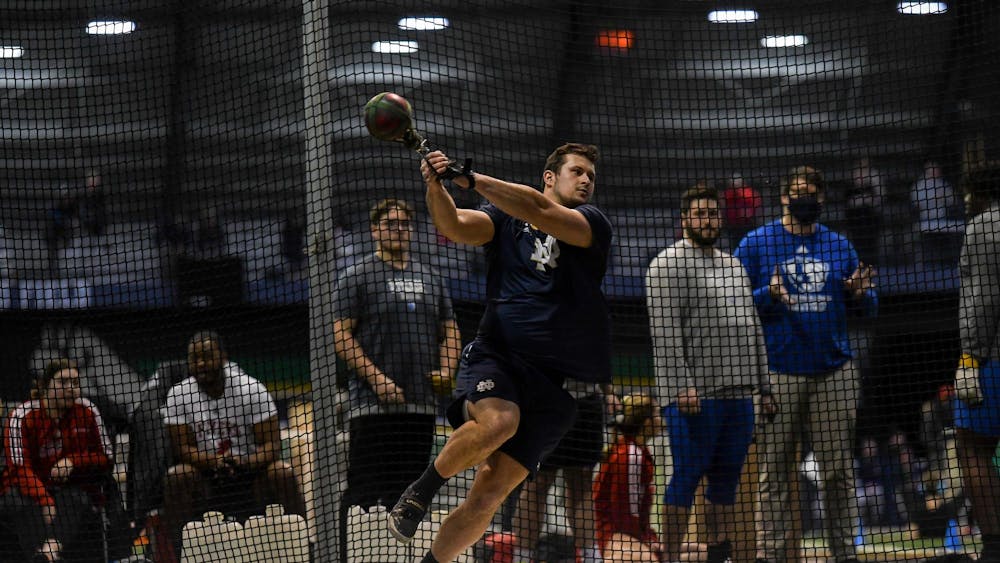On Sunday evening, just before Notre Dame and Texas played out an instant classic of college football at Darrell K. Royal–Texas Memorial Stadium, Lucas Pouille and Rafael Nadal engaged in an epic encounter on the tennis courts of Flushing Meadows.
The game finished 6-1, 2-6, 6-4, 3-6, 7-6 (8-6) to Pouille, as the 22-year-old announced himself to the world with his biggest win yet, while Nadal finished the year without a Grand Slam quarter-final appearance for the first time in his career. It may one day stand as a classic “changing of the guard” as one great’s career begins and another may soon come to an end.
The game ended just in time for kickoff in Texas, which was undeniably convenient for me and anyone else watching who knew they’d be switching over soon. In this case, I was saved by a rule I still can’t bring myself to like — the US Open’s final-set tiebreak.
Much like the majors in golf, every Grand Slam in tennis should like to have its “thing.” The French Open and Wimbledon are the only clay and grass Slams, respectively, and both have their niche. The Australian Open occurs in the heat Down Under in January. The US Open’s “thing” is to take away one of the most exciting events in any sport: the final set of indeterminable length.
My logic is relatively simple. Tennis games that are undecided at 6-6 in the final set, especially five-set men’s games, are just about always great games. It’s not like football or soccer where a tie score late in the game may mean low scores and boring play. And we should get to see more of great games. Tiebreaks are exciting, but when you’ve got a real battle going on, they’re not as exciting as keeping the final set going. Not only that, but after hours of play, it seems harsh to see one player lose just because of one small mistake. Needing to win by two whole games in the final set lets you feel like the winner really deserved it.
Of course, there is the argument that playing long final sets is too much for the winner, who is at an obvious disadvantage when they play again in the next round. But in a way, that’s part of what makes the idea work. In a 128-player single-elimination tournament, a player could easily put in a few great performances for nothing, but greater variance in match lengths means that players who get it done quickly in the early rounds are rewarded and those who scrape through face a greater challenge.
Ultimately, I just want to see a few really long duels. They don’t all need to match John Isner and Nicolas Mahut’s astonishing 11-hour match in 2010, but a few more 9-7 and 10-8 final sets would be nice to see. When there’s an amazing match going on, viewers deserve to see it go on and on and on for however long it takes. So maybe the US Open should find a new “thing,” instead of taking away one of the most fun events in any sport.
Unless, that is, a thrilling Notre Dame football game is about to start.













